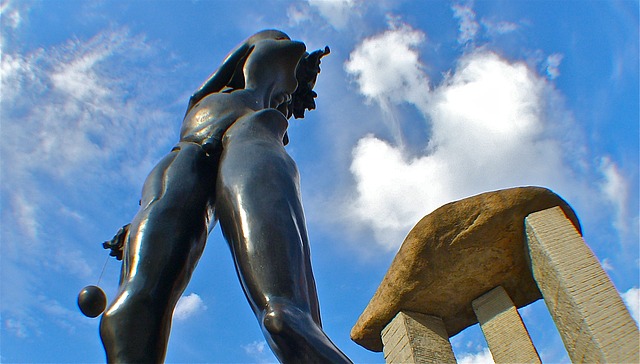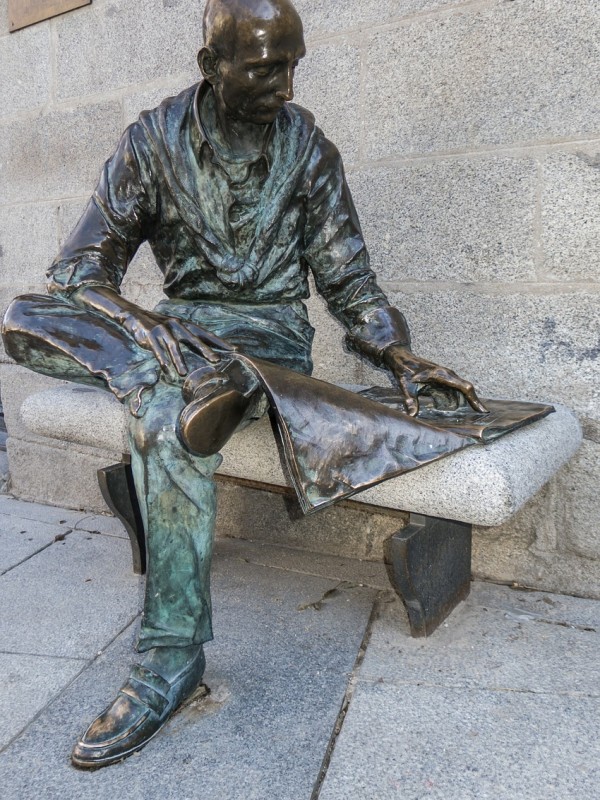Be that as it may, to trust this is the manner by which you create astute involvement with a reasonable object, isn’t right. It’s similar to advising a craftsman to spread hues on the wall until individuals purchase the artwork. Some of the same old, same good art is still alive right in the heart of Spain, the Madrid. The mind boggling physical and social assorted qualities of Madrid can’t be eaten up in a single lifetime. The city has long been acting as a magnet for vacationers, sitting right in the centre of Europe, since it is equipped with a great deal of beautiful charming and amazing places that might not be found anywhere else on the planet.
Regarding the matter of workmanship, Madrid knows few opponents. The entire city is a hallmark for preserving the marvellous fragments of art, captivating in explanation some of the most teeming yet most incredible places in the city. Some well-known and best places rich and enchanting with craftsmanship are described. The Museo Del Prado legitimately pulls in a bigger number of guests than some other gallery in Spain, while the broad private gathering of Thyssen-Bornemisza and the contemporary artful culminations of Museo Reina Sofía have their own liberal offer of devotees. Yet the Spanish capital’s specialty scene is far beyond this ‘Golden Triangle’, with inventiveness flourishing in the shadow of these productive monsters.
The Spanish counterculture development that commenced after Spanish despot Franco’s passing in 1975, saw workmanship in Madrid spreading out into diverse circles, from photography to graffiti and contemporary craftsmanship cooperatives, La movida madrilène. Galería Moriarty was at the focal point of this counterculture development and stays one of the city’s best contemporary displays, showing work by Spanish craftsmen, such as photography by Darya von Berner and Mireia Sentís and Luis Bisbe’s establishments.
Museo Lázaro Galdiano, called after the agent who bestowed his endless private accumulation to the city, may not be as widely inclusive as Thyssen-Bornemisza, but rather neither does it share its dim past. Among Lázaro Galdiano’s 13,000 artistic creation and objets d’art, you can mull over El Greco, Murillo and Zurbarán perfect works of art, and inundate yourself out of the loop underworld of Goya’s ‘Dark Paintings’ in isolation and solitude. They are really artistic and epic.
Regularly ignored for the better-known Reina Sofía adjacent, the Salvador Díaz craftsmanship display hosts interesting photography shows and supports all types of vanguard workmanship, concentrating on contemporary Spanish craftsmen, for example, José Manuel Ballester who has practical experience in unique model and urban photography or garments fashioner Ivan López. In the same vein, Trama gallery components exceptional craftsmen, for example, contemporary scene painter Eduard Resbier and the one and only Javier Campano, famous for his undistinctive photography of the city of Madrid.
As opposed to such imaginative elucidations of present-day Madrid is a composition that means to duplicate the city’s appearance from the year it turned into the capital of Spain, 1561. Be that as it may, you will need to go inside an eatery to view it. The composition Matritum Urbs Regia was painted by Russian artist Pierre Schild in 1956 and is taking into account the point by point drawings of sixteenth century Flemish craftsman Anton van nook Wyngaerde, who voyaged generally around Spain in the interest of King Felipe II. Thought to be the most reliable painting of Madrid at that stretch of time, Schild offered it to the Gonzáles family, the proprietors of eatery Sobrino de Botín, which has an entitlement to be the most seasoned eatery in the whole world.
Moreover, the Museo del Romanticismo, which can be found in the Marquis of Marallana’s previous royal residence, is categorically an eccentric affair. Inside, you can meander amongst involved sketches from the nineteenth century, elaborate furniture, and embellishing workmanship, all of which depict a feeling of the political and social environment amid the rule of Isabella II. All these enchanting and most loved places depict the beauty of art and have Madrid have conserved this beauty for quite a long period of time. Madrid’s museums present an eccentric view of the Spanish culture and have preserved all the ancient history in them. One can meander around and step on every single abode that he or she might like as it’s a city that still multitudes and boons a wonderful pageant of arts and crafts whereas every other country or city has just put the very idea right beneath their backs and have nearly forgotten the importance of arts.


